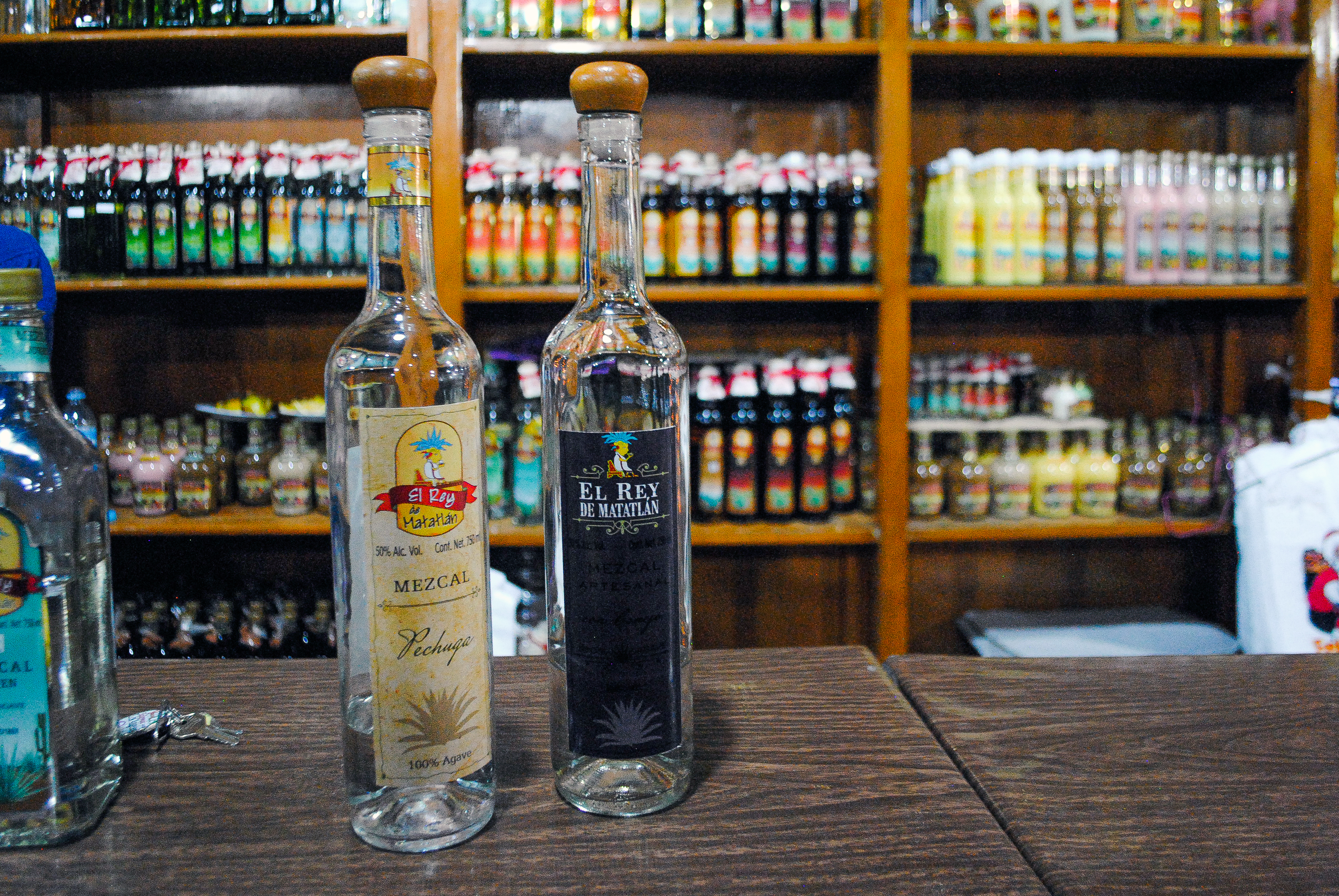Mexico have the blood of the Aztecs and the Mayans. They builded the Mayan Pyramids and prayed to Gods who sacrificed the unlucky. If Mexicans and Philipines are related, they are related through blood, but not through the history of religion and violent past.
No one's really sure why he came to Mazatlan, but in the late 1820s a fellow from the Philippines showed up on the docks of this little Mexican town on the Pacific. His name was Juan Nepomuceno Machado, and he created something that's since been enjoyed by millions of visitors to Mazatlan - everyone from foreign miners to old-time movie stars to modern-day tourists.
Local legends say Machado was drawn to Mazatlan by the pearl diving business there. Or perhaps by trading opportunities at the town's busy deep-water port. Or maybe by the silver mines outside town in the nearby Sierra Madres.
Whatever the reason, he went on to build a block-long plaza said to have looked much like a neo-classical European town square. It was likely ringed by porticoed walkways, shops behind wrought-iron lattices, small inns and al fresco cafes shaded by orange trees. Tales say it was a pleasant place, where Mazatlecos could take leisurely strolls, chat with friends, catch up on the latest gossip and go to a concert in the evening.














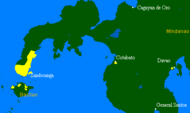

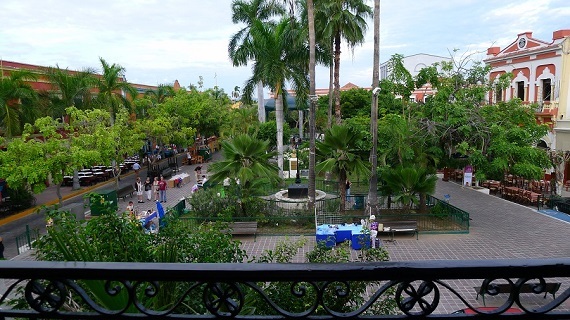
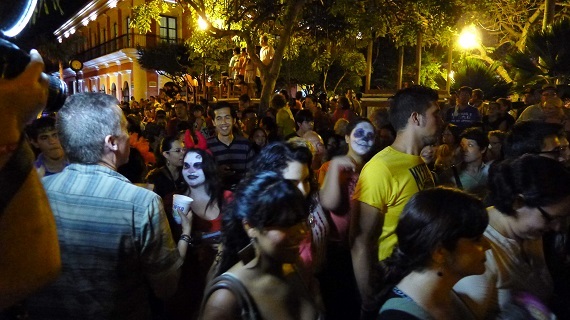


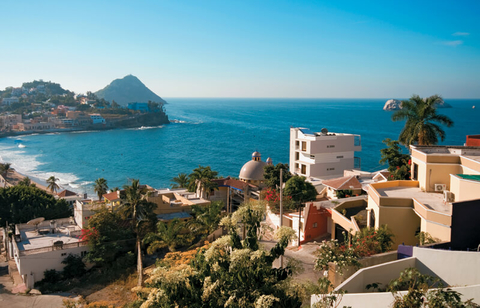
:max_bytes(150000):strip_icc():format(webp)/Beach-in-Mazatlan-583ee0de3df78c6f6a54cd10.jpg)
